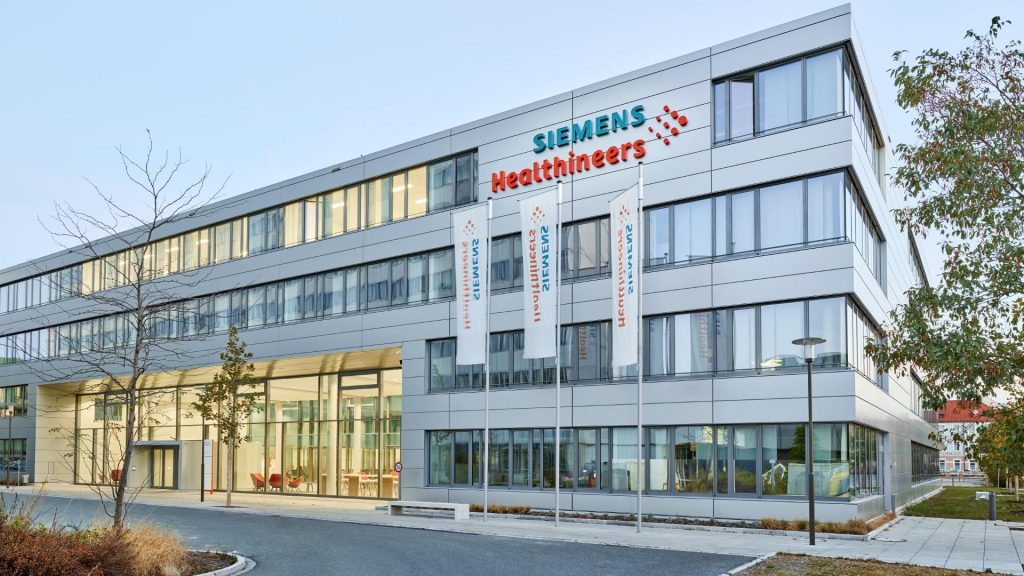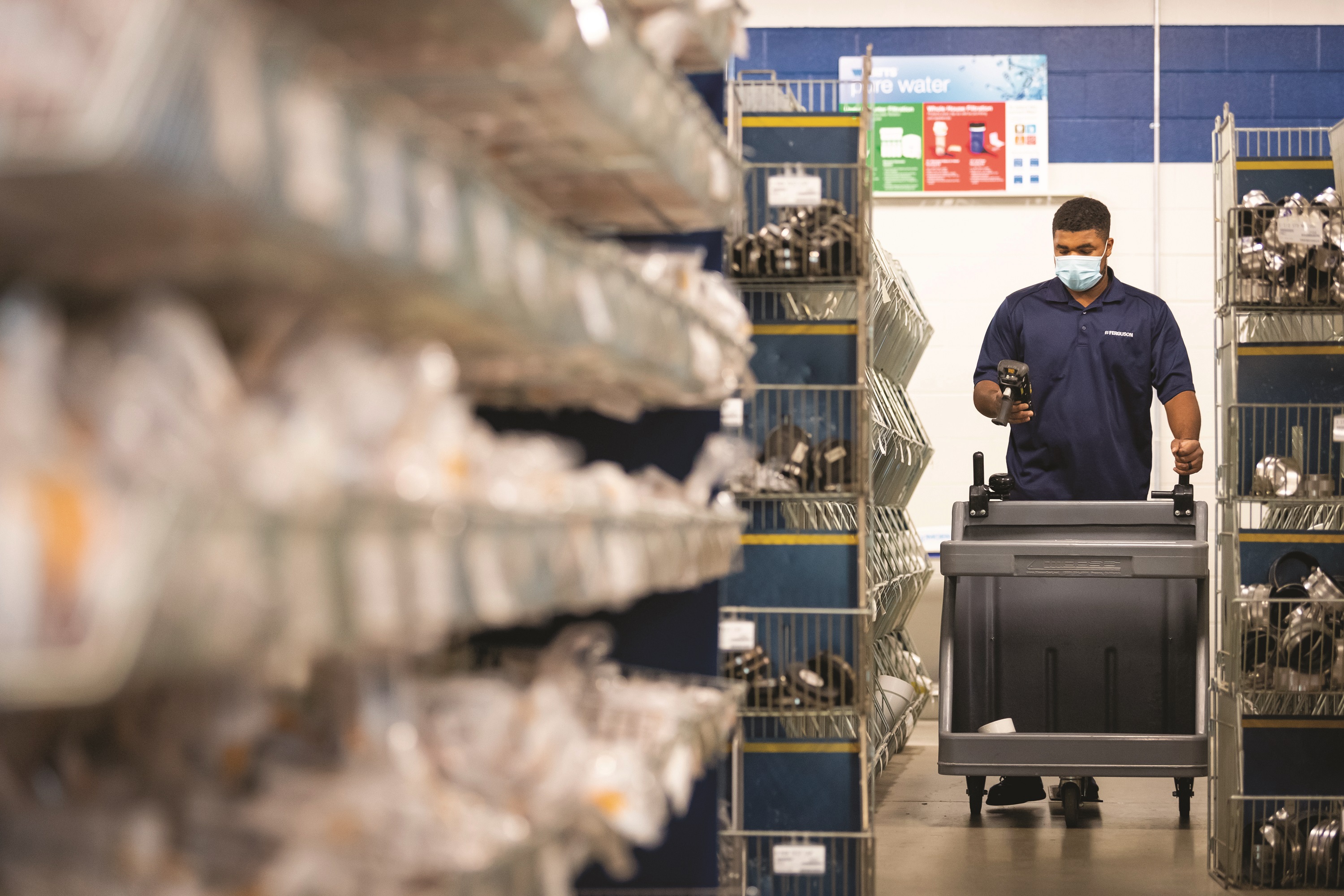
Azure Arc helps companies get a handle on hybrid IT management
As a growing number of companies embrace cloud technology and turn to smart IoT devices, their computing needs have grown far more complicated.
In the past, businesses ran workloads and apps exclusively in their own on-premises data centers. Now, they run hundreds to thousands of apps on diverse hardware and multiple clouds. Many businesses must also maintain some operations on premises for regulatory or other reasons.
These hybrid configurations provide fresh opportunities, but they also create more complexity. This presents a thorny challenge as companies look to manage diverse IT environments at scale without slowing down innovation.
The Microsoft Azure cloud was designed to be hybrid from day one. Last year, Microsoft enabled customers to simplify hybrid management with Azure Arc, a bridge to help companies run Azure services across environments and clouds, while maintaining consistent management and security.
Businesses that have adopted Azure Arc have realized real-life advantages in development, deployment and ongoing management that are helping organizations focus on their core missions.

Siemens Healthineers headquarters in Erlangen, Germany. (Courtesy of Siemens Healthineers)
Siemens Healthineers keeps health care on the cutting edge
At Siemens Healthineers, which provides diagnostic medical equipment and software to hospitals worldwide, Azure Arc helps ensure that health care providers have access to the latest innovative tools so that they can offer the best care to patients.
Azure Arc, which Siemens Healthineers adopted in preview last November, enables the company to seamlessly connect customers’ medical equipment to the cloud. This allows the company to update machines faster and more often, and to deliver new services, such as artificial intelligence (AI) products, directly to medical equipment.
“Azure Arc helps bring technology to application in everyday people’s lives,” says Thomas Friese, senior vice president of Digital Platform at Siemens Healthineers.
Previously, this kind of connection had been problematic due to restrictions on where and how patient data stored on local machines could be processed — and sometimes, on hospitals’ lack of bandwidth for transferring large image files.
Siemens Healthineers had deployed partial solutions to these issues, but Azure Arc provided a better way for Siemens to connect with edge machines within these constraints.
Siemens already had the ability to update hospitals’ local infrastructure networks from the cloud using software called teamplay. This connects local systems to teamplay digital health platform, which the company uses to connect customers to the digital world.
Introducing Azure Arc extended that model to the machines so that Siemens Healthineers could also update them directly via the cloud, a much faster and more efficient process than a typical hardware update.
The ability to accomplish these kinds of updates in the field helps Siemens Healthineers more easily deliver cloud-based technology such as AI, which the company increasingly uses in its health care products to support decision-making and better care.

With Azure Arc, Siemens Healthineers can seamlessly connect customers’ medical equipment to the cloud. (Courtesy of Siemens Healthineers)
“Everybody has seen the trend in recent years that AI is transforming the everyday. And that doesn’t stop at the doors of health care,” says Friese.
For example, Siemens Healthineers’ AI-Rad Companion helps radiologists automate routine tasks so that providers can focus on more critical jobs. The AI-Rad Companion Chest CT, for instance, automatically takes measurements, prepares results in the form of images and reports, and provides comparisons to original data.
“A radiologist looking at the CT image gets support from the system and therefore has less cognitive burden to deal with in looking at all the cases that are flowing by,” which results in better diagnostic decisions, Friese says.
Connecting machines directly to the cloud via Azure Arc also supports health care technology evolution by speeding up innovation cycles. And in the case of AI, the more data it interacts with, the more it learns and improves, generating better models that need to be installed on machines.
“Rolling out that new version into actual use on patient data needs to happen very quickly — everybody wants to have the latest and greatest,” Friese says.
Recently, Siemens Healthineers has worked on AI algorithms that help interpret the changes that COVID-19 may cause in in patients’ lungs. The company has been able to roll out the algorithms very quickly when time is of the essence.
In the end, Friese says, using Azure Arc supports health care providers in realizing the best outcomes for their patients.
“It enables us to keep being innovative in how we apply technology to solve physician challenges,” he says. It allows us to help physicians so that they can focus on patient care.”

Africa’s Talking headquarters in Nairobi, Kenya. (Courtesy of Africa’s Talking)
Africa’s Talking spurs innovation across the continent
For Africa’s Talking, Azure Arc is a vital tool in the company’s quest to help African businesses innovate and thrive.
Kenya-based Africa’s Talking provides simplified access to communications and payments infrastructure across Africa. Companies and individual developers use Africa’s Talking mobile, voice, messaging and payment APIs as building blocks for business solutions.
The company’s overarching mission is, “empowering developers across Africa to build powerful, scalable businesses,” says Samuel Gikandi, Group CEO and co-founder of Africa’s Talking. “These companies are reaching hundreds of thousands of people every single day, using our solutions.”
Azure Arc’s role in supporting Africa’s Talking customers is, “literally being able to make sure that this infrastructure is running efficiently and also making sure that we’re not pulling our hair out trying to run this ship,” says Calvin Karundu, Africa’s Talking software engineer.
In offering complex services across multiple countries, Africa’s Talking faces several challenges, including fragmented infrastructure, limited cloud access in some locations and varying rules about how data can be stored and shared across national boundaries. The company runs across hybrid environments that include on-premises centers, public clouds and the edge.
Azure Arc helps Africa’s Talking deploy and manage data services across all these different environments more uniformly and efficiently.
“It’s basically helping us accelerate the pace at which we can build locally deployed solutions,” says Gikandi.

Africa’s Talking aims to democratize access to critical business infrastructure. (Courtesy of Africa’s Talking)
Africa’s Talking has been using Azure Arc for over a year, starting in preview just when the company was starting to feel the difficulties of managing multiple regions. The company fully adopted Azure Arc as the advantages became clear.
Using Azure Arc makes it easier for Africa’s Talking to quickly and efficiently move into new regions. And the more areas Africa’s Talking can cover, the more businesses can take advantage of the company’s infrastructure. In fact, many businesses plan expansions based on where Africa’s Talking operates, because they can use the same APIs, no matter the country.
For many Africa’s Talking customers, “If they’re able to do it in Kenya, being able to go to Rwanda or Uganda or Tanzania is almost a no-brainer because the infrastructure question has already been solved,” Karundu says.
For Africa’s Talking, Azure Arc helps democratize access to infrastructure, a key component of the company’s mission.
“We just need to give this access to the people on the ground, give it to the developers. They will come up with pretty nifty solutions to our everyday challenges. That’s why we wake up every morning,” Karundu says.
And as Africa’s Talking acts as a multiplier for individuals and businesses pursuing their own opportunities, it adds up to a bigger picture for the continent, Gikandi says.
“We’re making it easy for people to access services. I think that’s going to have a huge effect on the economy.”

One of Ferguson’s 1,400 distribution centers. (Courtesy of Ferguson)
Azure Arc builds a bridge across environments for Ferguson
At Ferguson, the largest distributor of plumbing supplies in the United States, Azure Arc has helped the company’s IT department streamline operation of a complex landscape across on-premises, edge and multi-cloud.
Ferguson wanted a way to better manage its more than 5,000 on-premises virtual machines across two data centers and 1,400 distribution centers, so the company began using Microsoft Azure Arc enabled data services and Azure Arc enabled servers in preview last year.
“Azure Arc is a bridge between our cloud environment, our on-premises systems and applications, as well as into any other cloud provider that we’re using,” says Scott Wright, cloud architect at Ferguson.
Ferguson, which has more than 26,000 employees and annual revenues of $18.9 billion, used Azure Arc to extend Azure to its on-premises datacenters, so that the company can more easily and consistently deploy data services, system governance and management.
“Now we have a mechanism to extend the capabilities that we use in Microsoft Azure across the board. It pulls together an entire hybrid environment,” says Wright.
Azure Arc also helps Ferguson with visibility across the organization, enabling IT to check on operations, including deployments, compliance, data security and system security, from a single portal.
“We’re able to utilize one solution, ‘One ring to rule them all,’” Wright says. Ultimately, that unity and visibility help protect the company and customers as well.
By connecting its various environments under a single point of control, Azure Arc helps simplify IT implementation and management.
“We’re already building our environment in Azure; now we can repeat that process. We’re essentially building the environment and can push that down to any other environment,” says Wright.
“If you’re not utilizing something like Azure Arc, then you’re managing multiple ways to do the same job in a different environment,” he adds.

Azure Arc also helps Ferguson with visibility across the $18.9 billion organization. (Courtesy of Ferguson)
That Azure Arc-enabled capability to use repetitive processes helps Ferguson extend its data management to the edge and impact customers where they are, from mobile to e-commerce.
“As we move into what I like to call a ‘bricks to clicks’ type of world, we’re no longer always going to a location or a store or a branch; a lot of people shop online and do things via their phone,” Wright says. “So that capability will help us in that journey of bringing things that much closer to our vendors, customers and the enterprises that we deal with every day.”
It also helps drive down costs because administrators consistently deploy the same methodology through compliance and configuration.
“When you deploy a database or a system that is consistently the same, you know what you’re paying for up front, you know how you’re going to consume, and you know how to use it,” Wright says.
Azure Arc also enables Ferguson to use Azure features such as automated updates — which ensure the latest version and reduce the time that senior administrators must spend on upgrades — and backup/restore, which allows Ferguson to fix database problems faster and more easily.
By using Kubernetes containerized fabric infrastructure with Azure Arc, Ferguson was also able to create more robust databases with reduced downtime. Ferguson can also project its on-premises servers into Azure and organize them using tags for inventory purposes, as well as applying governance policy and process across servers.
And while Ferguson ultimately plans to move its on-premises data centers to the cloud, the company will still most likely have a multi-cloud environment that can benefit from Azure Arc’s bridging ability.
“As Microsoft continues to roll out additional features and capabilities in that Azure Arc footprint, that will allow us to reap the rewards of everything that we’re fully taking advantage of in Azure,” Wright says. “We’re going to be able to reap those benefits tenfold.”
Top photo by Westend61/Getty Images.
